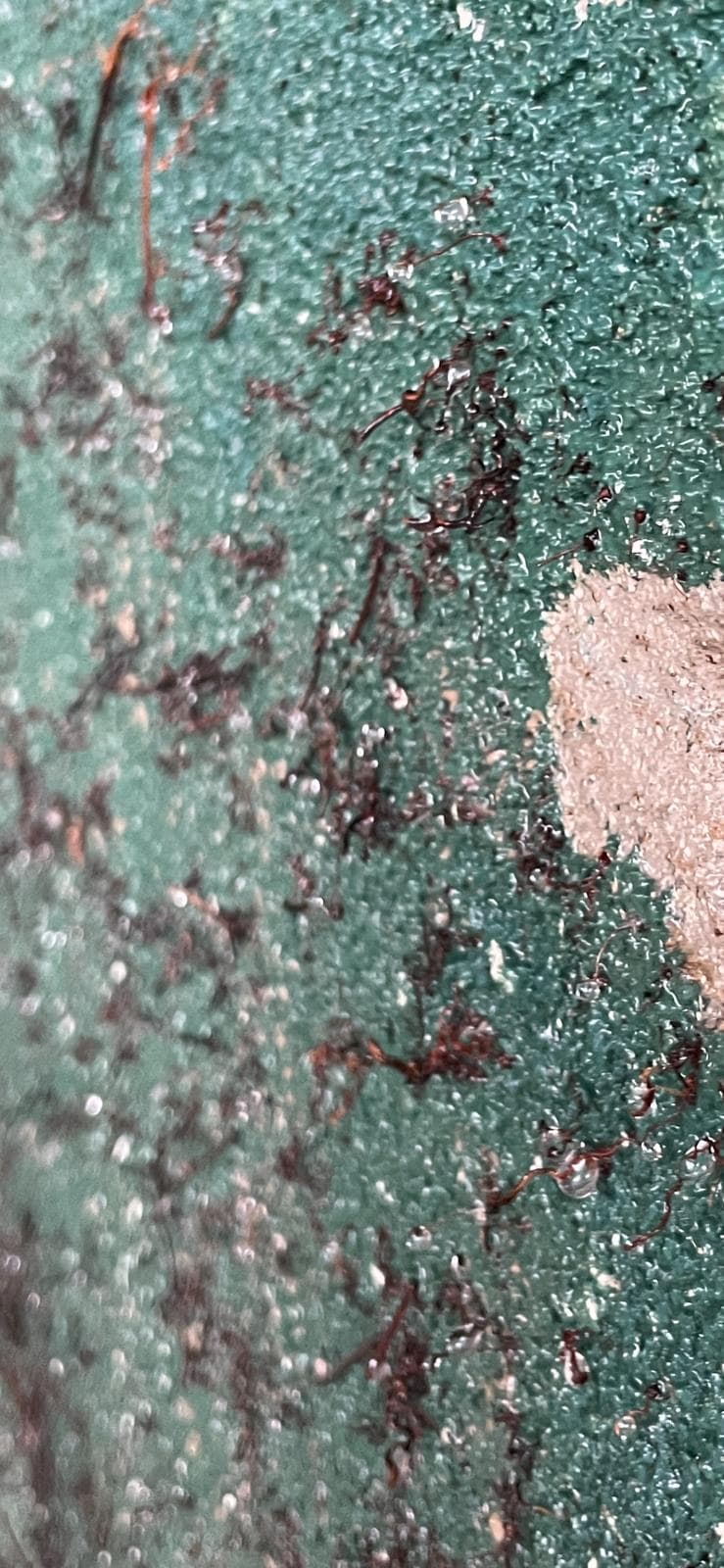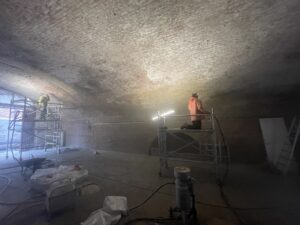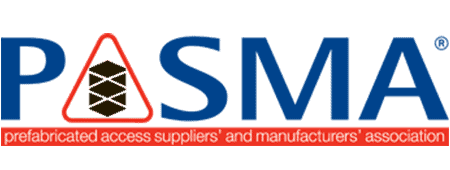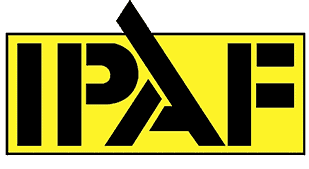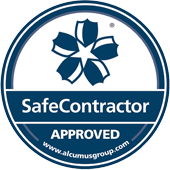
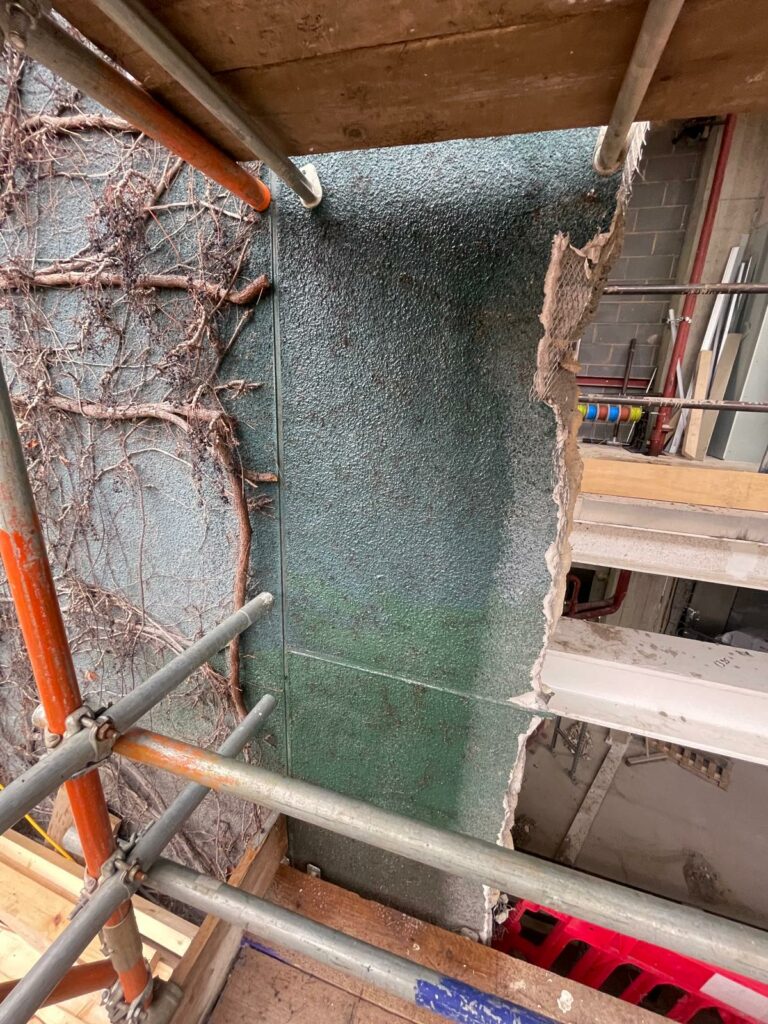
Is Growing Ivy Dangerous for Property?
Growing ivy on a property can have both positive and negative effects, depending on the situation. Here are some potential dangers associated with growing ivy:
Structural damage: Ivy can grow into cracks in walls and roofing tiles, which can cause damage to the structure of the property over time. This is particularly a concern if the ivy is left to grow for many years without being trimmed back.
Moisture retention: Ivy can trap moisture against the walls of a property, which can lead to dampness and mold growth. This can be particularly problematic if the ivy is growing on a building with a timber frame or other moisture-sensitive materials.
Pest infestations: Ivy can attract pests such as rodents and insects, which can then enter the property and cause damage or spread disease.
Fire risk: Ivy can be highly flammable, particularly if it has become dry and woody. This can be a significant fire risk, particularly during the summer months.
In summary, while ivy can be a beautiful addition to a property, it is important to weigh up the potential risks before deciding whether or not to grow it. If you do decide to grow ivy, it is important to keep it well-trimmed and maintained to reduce the risks outlined above.
Removing Ivy From Walls
Why Remove Ivy From Walls?.
While some people like the character created by growing ivy on property it can actually cause a few issues. From harbouring moisture which can work its way through walls to internal areas to eventually damaging brickwork.
What is the Best Way To Remove IVY?
Growing ivy is relatively easy to remove by gently pulling the plant away from the property. However what’s left behind is often harder to remove and if left can eventually regrow.
Ivy Root or Ivy Tendrils as often refereed to are the little ends of the plant that attach it to surfaces. These can begin to grow into the wall whether that be brick, stone or render.
How to Remove Ivy Tendrils?
Ivy Tendrils can be removed using steam cleaning methods. The DOFF Machine or other steam cleaners that produce super high temperatures and low pressures are best to kill and remove the ivy tendrils with minimal damage to the surface. Be careful however as painted walls or pebble dash will be harder to remove the ivy root from without also removing paint or pebble dash pebbles.
After the ivy roots are removed it is wise to treat the walls with a fungicidal or biocidal wash to kill any remaining spores and help deter regrowth.
How Long Does Ivy Removal From Rendered Wall Take?
Ivy removal is a very slow process, each ivy tendril has to be steam cleaned individually to remove it from the surface. On the Wimbledon Tennis project where we removed almost 100m2 of ivy root, we found that an average rate is 25m2 per day for a two man team.
How do you remove ivy from a masonry wall?
The same technique can be used for removing ivy from a masonry (brick wall) as from a rendered wall.
First pule away any vines gently. Then steam clean the vines and after treat with biocide to help deter future regrowth.
